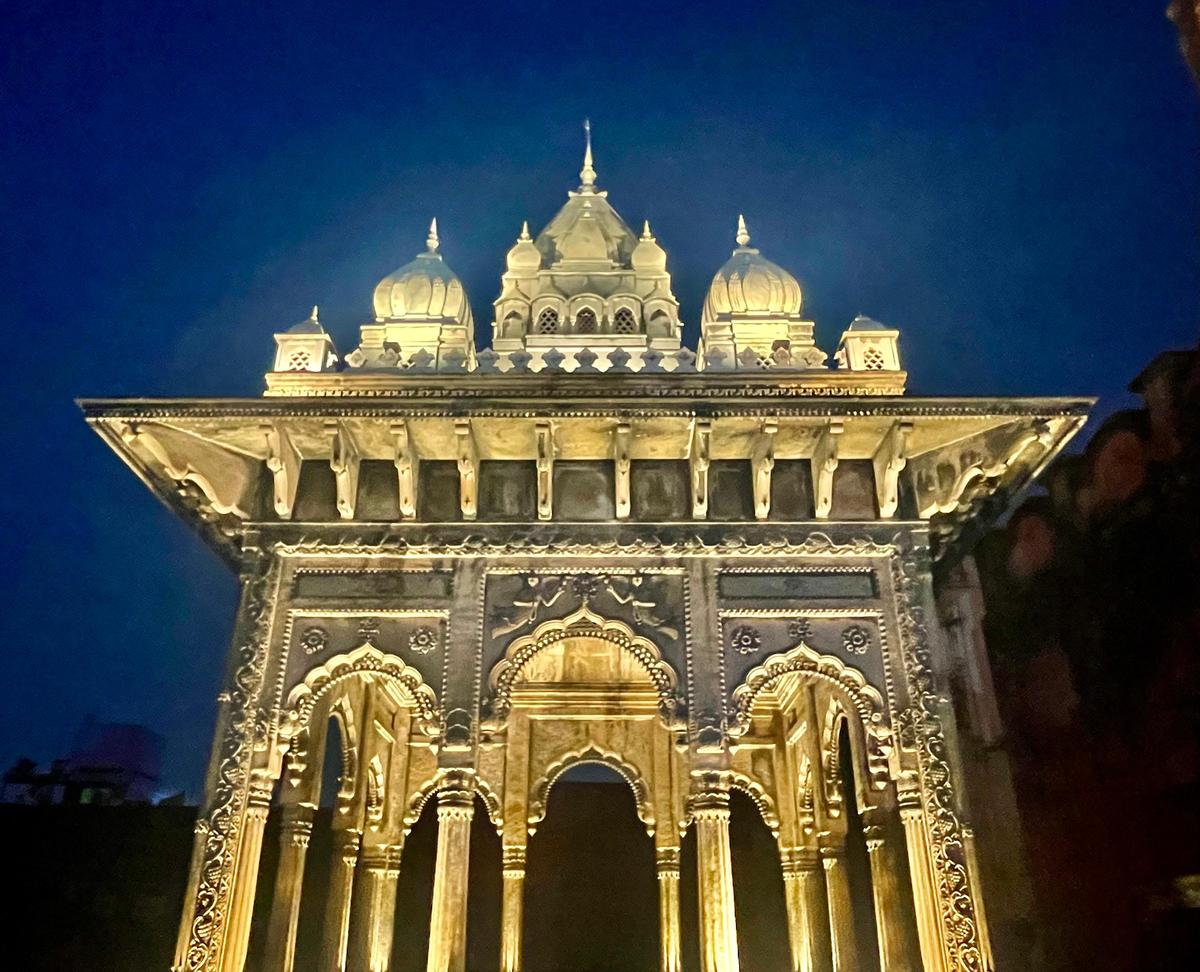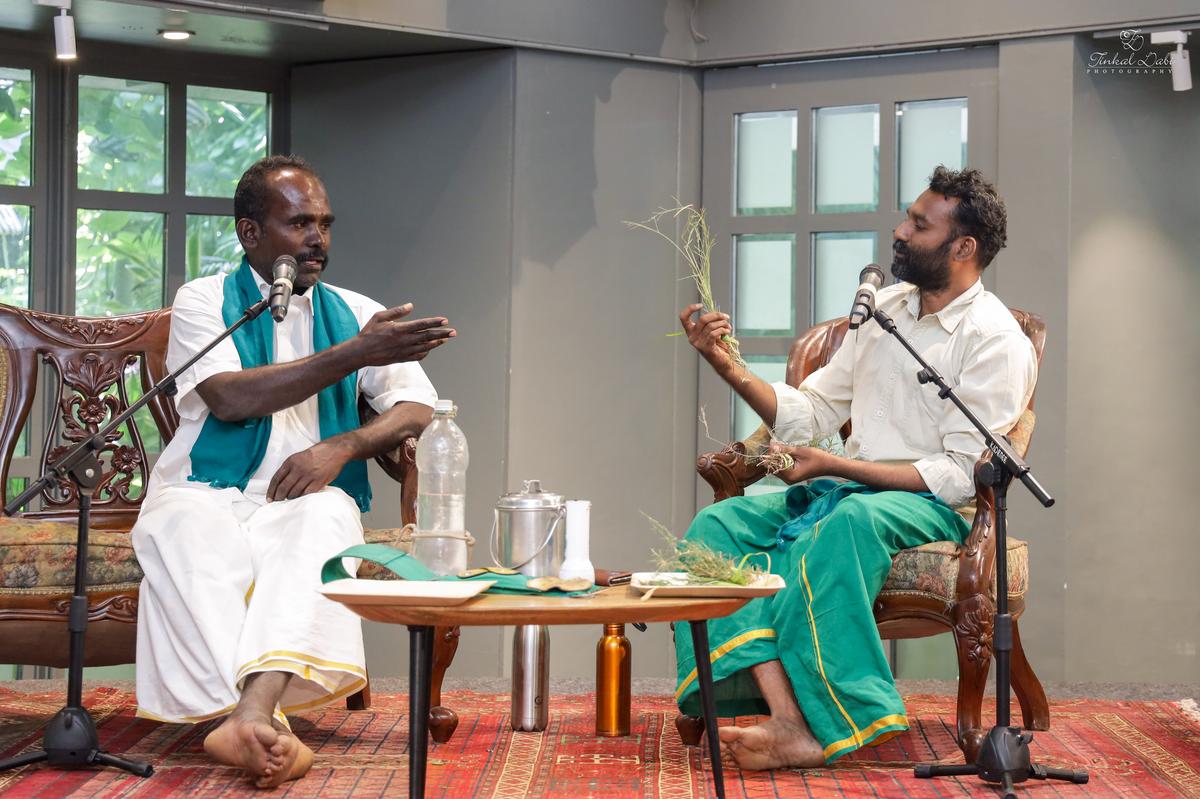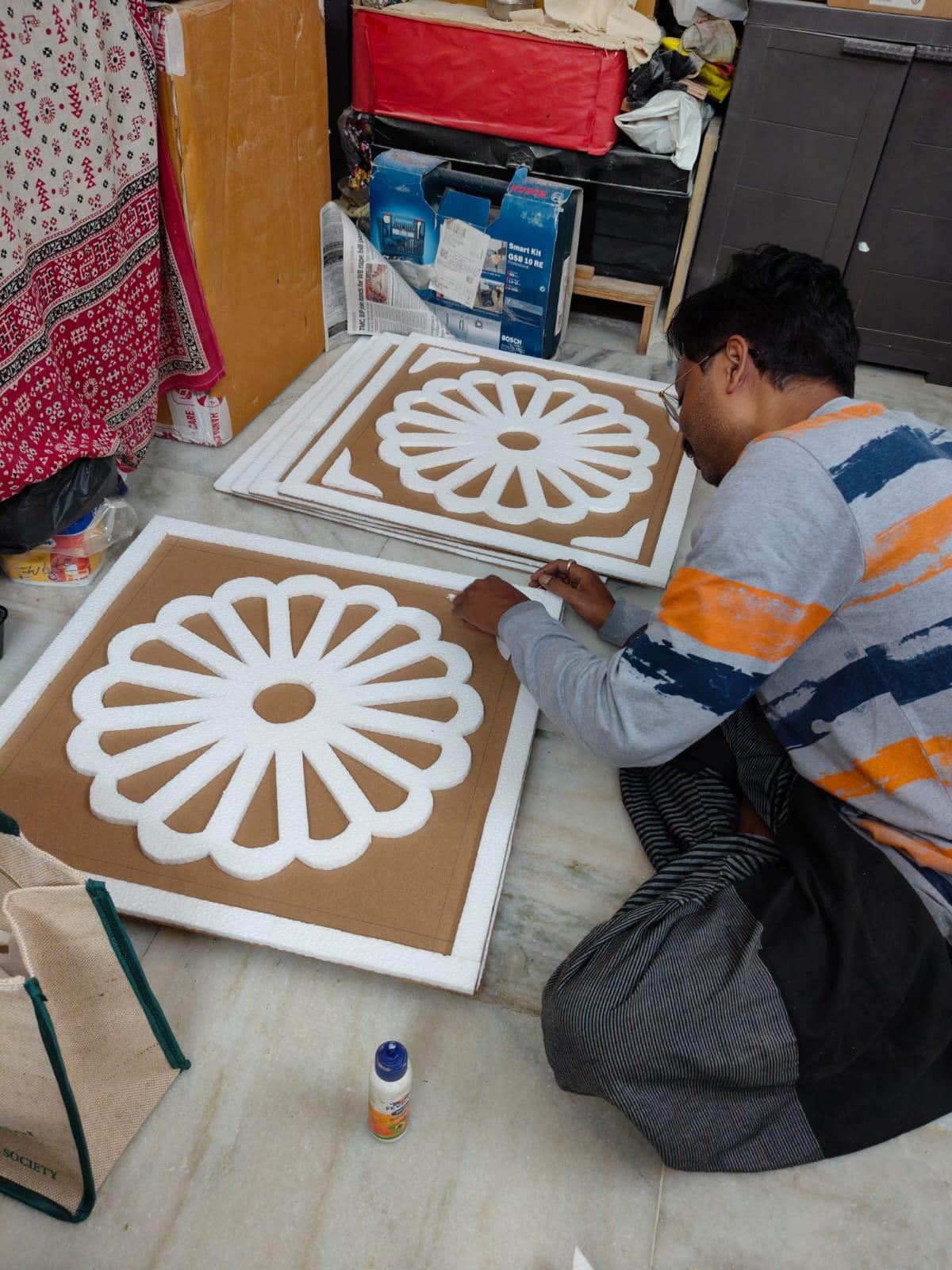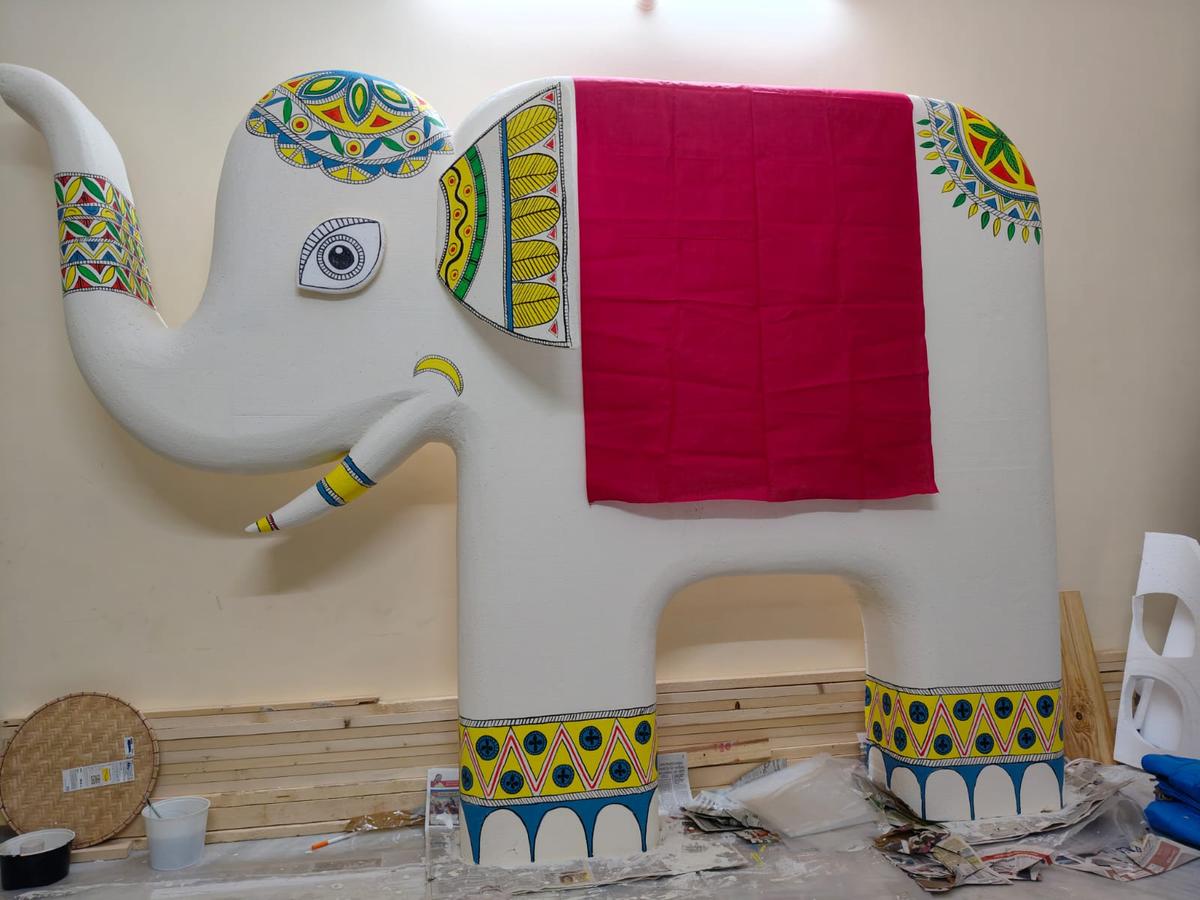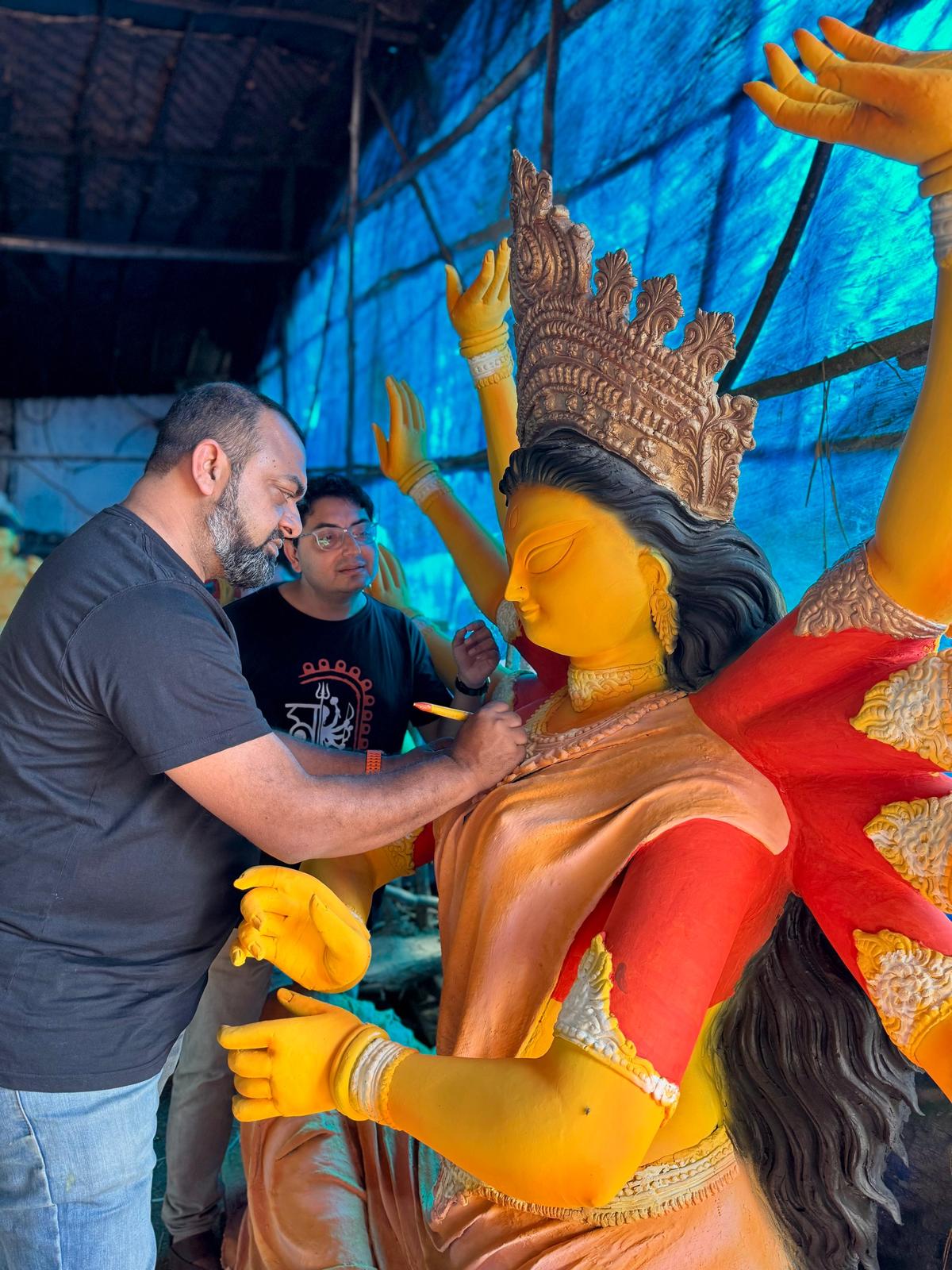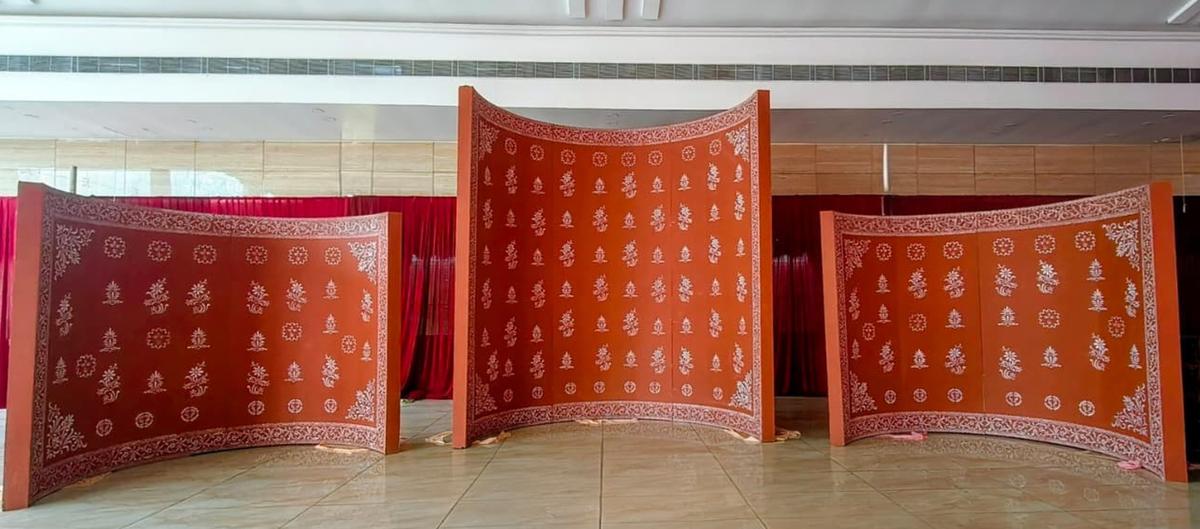On a recent rainy Friday evening in New Delhi, a BJP MP was spotted chatting to a Congress MP about how the latest monsoon session of Parliament was a washout, while a former CPI(M) MP passing by them stopped to say hello. Besides Parliament, there is only one place in New Delhi that encourages such a crossover: Khan Market.
Khan Market is not just India’s most expensive and upscale shopping district; it is a market that trades in power and capital as its goods — a symbol of the kind of power brokering that is now synonymous with statecraft. So when image guru Dilip Cherian talked about the iconic market and its proximity to power on Yasmin Kidwai’s RedFM podcast, A Delhi Love, the clip went viral.
Khan Market has come to denote a certain kind of exclusivity and elitism that is out of reach to the average Indian, with the term ‘Khan Market gang’ entering political parlance after Prime Minister Narendra Modi began using it as a jibe against India’s liberal elite. But, like Cherian said, the idea that Delhi has moved on from Khan Market is a myth: it is still very much the informal centre of power in the nation’s capital because of the powerful visitors it draws.
A view of the Khan Market in New Delhi on Monday
| Photo Credit:
Hunafa KP
“Khan Market, in the last 25 years has emerged as one of the social lungs of Delhi,” says Dilip to The Hindu. “You breathe it in, and you suddenly feel the power, you breathe it out, and you know it matters. It is absolutely integral to Delhi’s functioning.”
And there is a fairly easy explanation for why: its location. The market’s tightly coiled layout unfurls into a neat maze in the heart of central Delhi — Khan Market is immediately accessible from Parliament, the Ring Road, the city’s diplomatic enclave and its foreign residents, and the poshest pincode in the city, Amrita Shergill Marg. Over the years, its location has made it a symbol of stratification — anyone who visits can see that political ideology might not be a common denominator, but wealth is. Members of the BJP are just as likely to be seen at Khan Market as a Congress leader or a Supreme Court lawyer or a newspaper editor.
“Governments have changed, but the politicians keep coming to Khan Market — that won’t change,” says Sanjeev Mehta, president, Khan Market Traders Association. “All of Delhi is essentially part of the Khan Market gang then. There’s something here for everybody.”
The market’s elite reputation is offset by its aspirational appeal to regular passers-by. Young students have taken to posing for photographs outside Faqir Chand Booksellers as a social media trend, while tourists make it a point to stop by. Here, the very British concept of a high street yields to Delhi’s chaotic charm: located between uneven cobbled streets and a mass of tangled wires overhead are some of India’s most luxurious brands and gourmet restaurants. It now houses 156 shops — not counting the neatly organised street hawkers selling clothes and magazines in the market’s connecting alleyways — and around 35 restaurants across a variety of global cuisines. It used to be one of the few markets in the city that sold imported groceries and provisions, which earned it a loyal customer base amongst bureaucrats, expats, and diplomats.
A view of the Khan Market in New Delhi on Monday
| Photo Credit:
Hunafa KP
“Khan Market continues to retain its position as Delhi’s prime retail destination due to its strategic central location, affluent catchment, and a carefully curated tenant mix of luxury retail, fine dining, and lifestyle brands,” says Anshuman Magazine, chairman, and CEO of real estate group, CBRE.
Somehow, despite its acquired reputation for elitism, Khan Market continues to receive extremely heavy footfall. It is less about luxury and more about business: real estate properties like Khan Market are a “retail hotspot,” says Anshuman, and mirrors the broader transformation of attractive retail spaces in India.
This inextricable link to shopping cuts through the idea that only a certain kind of person visits Khan Market. Both Cherian and Delhi historian Narayani Gupta say India is a nation of shoppers. But there is something about a market that is quintessential to the Indian public sphere, as theorised by philosopher Jurgen Habermas. Whether it is drinking tea at a roadside stall and buying vegetables off the street, or eating kimchi eggs benedict after a designer boutique shopping spree, Khan Market offers itself up as one of New Delhi’s modern public spheres — and perhaps the most influential.
Khan Market is one of independent India’s watering holes, where diplomats, politicians, businessmen, lobbyists, lawyers, and journalists have always met. Only in the past two decades has its conversations become framed by sourdough and sauvignon blanc.
A view of the Khan Market in New Delhi
| Photo Credit:
Hunafa KP
But the sheen of its clientele has not stripped the market of more typical aspects: there are the usual street hawkers, tea and cigarette stalls, and old-school stationers and toy stores. Dogs (who wear sweaters in the winter) lounge about on its footpaths. A temple on the market’s outer perimeter serves as a handy landmark for customers calling Ubers. Roadside carts line the market’s exit alley, which culminates in a metro station. Khan Market’s vendors are not as starstruck by it as those who frequent it — to them their customers justify its real estate value. Nor should one forget its auto stand’s unflappable drivers and their baseline disinterest in everyone who alights from big cars with glazed windows or diplomatic number plates.
Narayani is similarly less enamoured of the market and its elite ubiquity. “All the shades of snobbery clip-clop along its narrow paths. They do not seem to fret at the lack of external elegance and of green areas — which Connaught Place still has — or the village mela vitality of Dilli Haat,” she said.
Renting a store in Khan Market can cost a minimum of ₹12 lakhs a month, and can go up to ₹16 lakhs, said Sanjeev. Street hawkers do not pay anything: one of the market’s most popular tea sellers has grown up in the area, and his father works as a guard. A cup of tea here might cost ₹15, but it is impossible to get a similar cup for less than at least ₹250 inside the market’s hallowed halls. Eating a full meal will burn a hole in one’s pocket, which might explain why the market is so packed between mealtimes — at least snacks are more affordable. The only thing that is really cheap is browsing.
A view of the Khan Market in New Delhi
| Photo Credit:
Hunafa KP
Khan Market was set up as a refugee colony by the Ministry of Relief and Rehabilitation in 1951 for those displaced by the Partition in 1947. A handful of original residents remain, while most of the real estate has been taken over by shops, restaurants, and cafes. Mehta said that the market became both popular and posh in the 1980s, after foreign officials and expats began to visit it over Connaught Place. It became home to some of India’s first department stores, like Empire Stores and Sovereign Dairies, and popular ice-cream parlours helped bring in a younger clientele. It graduated from simply a market to a meeting place when cafe culture reached Delhi in the 1990s. And as of 2025, what started as a refugee colony now averages a rental value between ₹1,600-1,900 per sq ft, according to CBRE.
Yasmin, whose podcast explores various aspects of the city of New Delhi, sums up the market as a “vibe.” “You can love it, you can hate it, but you can’t ignore it,” she says. She points to how Khan Market’s bookstores, like the inimitable Bahrisons Booksellers, became a focal point — adding an entirely new layer of social and cultural capital to an otherwise normal high street. “Book culture and coffee culture foster community,” said Yasmin . “But honestly, the openness of Khan Market is not just material — it translates in welcoming all kinds of people.”
The English bookstores and its famous patrons — from writers, students, and activists to celebrity faces — might have contributed to the idea of the market being elite and snobbish. But they have also served as an intellectual anchor to the market. They have fostered a sense of fierce loyalty and commitment to an erstwhile public space, especially with the dwindling of physical intellectual spaces in the day and age of Digital India. Regular book launches and talks keeps the market grounded as its consumerism skyrockets.
“From mantri (minister) to santri (sentry) — all kinds make their purchases here,” said Sanjeev.




